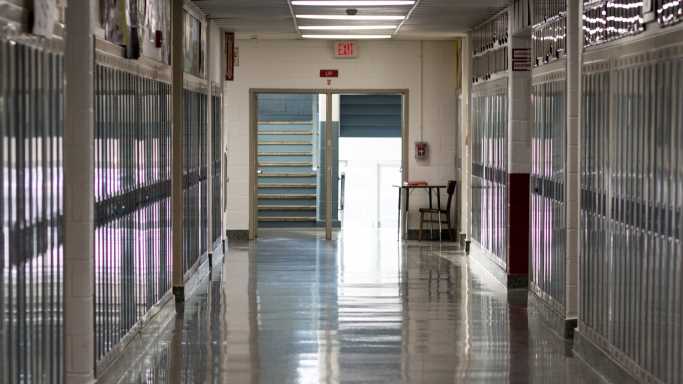Though new coronavirus cases have been falling across the U.S. for at least about three weeks, school districts all over the country continue to temporarily close schools due to spikes in cases in local communities. School districts have been left to develop their own plans for dealing with a potential COVID-19 surge in their schools — and the measures school officials take to contain the spread change almost weekly.
24/7 Wall St. reviewed guidelines released by state governors and health and education departments as well as local news articles to create a current list of school health safety measures and re-closures in every state.
In an effort to make school closures more predictable, many school districts have established a threshold for the number of confirmed COVID-19 cases per student and staff. That way, parents know if a closure is imminent and can prepare in advance. Some schools have started administering COVID-19 rapid tests as a way to minimize the risk of transmission and remain open.
Some states have come up with plans to keep schools open as long as possible. Such guidelines include students or staff not even having to quarantine if the people who have been exposed to COVID-19 were wearing masks and are not exhibiting any of the disease’s symptoms.
A few districts have chosen the opposite approach — to remain closed in all but a few scenarios. Schools in Los Angeles, for example, won’t reopen for in-person instruction while infection rates are high in local communities and until teachers are vaccinated.
Though school districts are increasingly holding off resuming in-person classes until teachers receive the vaccine, several states have not reached a distribution phase that covers educators. Each state has set priorities for who can get the vaccine first, based on recommendations from the federal government — here are the COVID-19 vaccination priorities in each state.
Click here to see what every state is doing to manage schools during the COVID-19 pandemic
Source: Read Full Article
